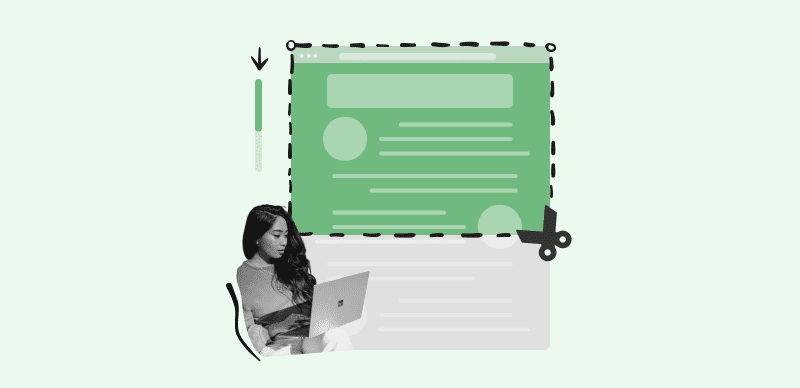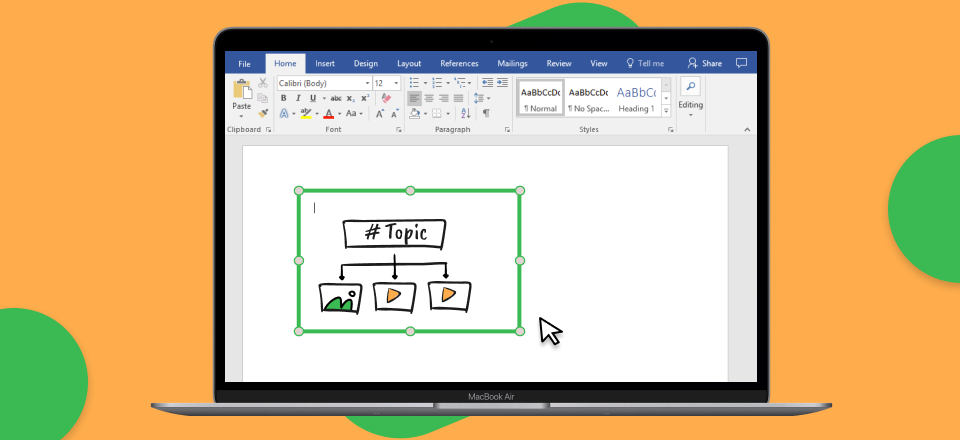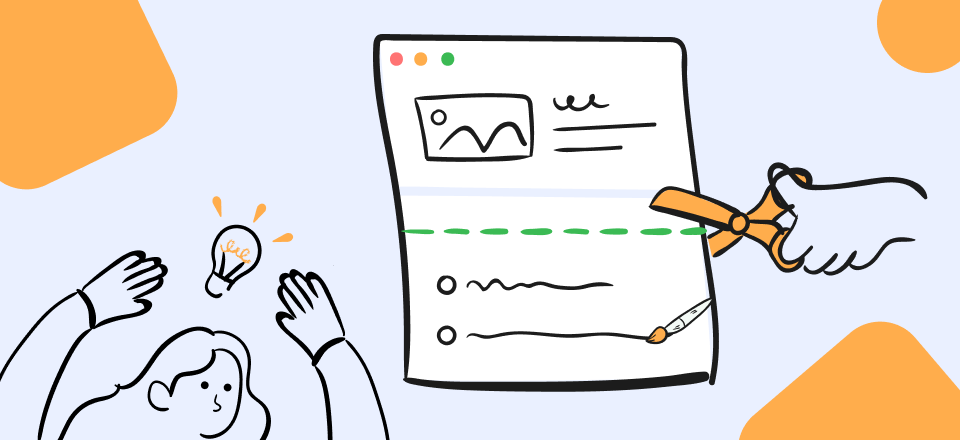A great photograph or animation can have a great impact on the audience if it captures the topic in a visually dramatic and inspirational way. The value of images is well-documented, which is why the work of the best authors is highly valued and artistically appreciated.
Copyright laws are intended to protect the rights of the authors and/or owners of visual material, but they may differ from one jurisdiction to the next and can be interpreted in different ways. Unauthorized copying or distribution can have serious financial and reputational consequences, which is why it’s imperative to check whether a certain image is copyrighted before using it in a public context.
This topic has far-reaching implications for the modern creator economy and information networks that rely on multimedia content (i.e. social networks). With this in mind, we’ll try to provide definitive answers to some of the most important queries related to image copyright.
What is a Copyrighted Image and Why You Should Avoid Using It?
To put it simply, a copyrighted image is a work of art that’s officially associated with its rightful owner and fully protected from commercial exploitation. Copyrighted material can’t be used without direct permission, which usually requires both approval and some form of compensation. In some cases, this can make it prohibitively expensive or highly impractical to use the protected images that are owned by others.
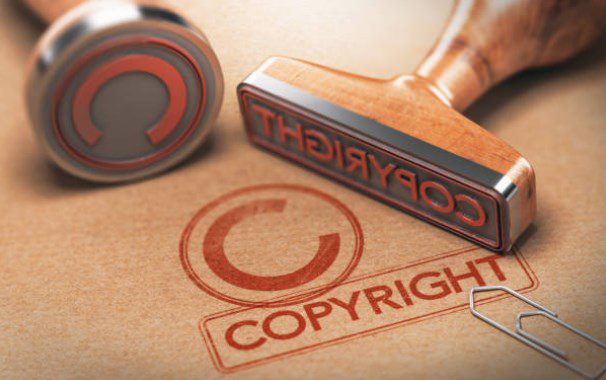
What is a Copyrighted Image
Individuals or brands who deliberately or mistakenly include copyrighted images or even recognizable parts of such images in their own creations could be liable to legal and financial ramifications. In the first stage, the copyright owner or his legal representative might simply send a warning or a ‘cease and desist’ letter, but if the violation is made at a large scale, the warning is ignored, or the work is presented by a highly visible person or company, there might be further legal action. Since the original authors typically have a clear way of proving authorship, the offending party might have a difficult time defending against this type of charge in court.
Understanding the Basics of Copyright Law and What it Means for Images
The roots of modern copyright laws go all the way back to 18th-century England, where the first statute that fits into this category was enacted in 1710. Over the next period, laws of this kind were adopted in every country, with the intention of regulating who owns the rights over immaterial goods produced by creative labor that have intrinsic value in the marketplace. Essentially, such goods are declared to be intellectual property and they are treated in a similar way to physical goods, which means they can be sold or leased to others at the discretion of the owner.

Copyright Law
In practice, this means the ability of third parties to exploit, sell, duplicate, or imitate creative works is severely limited. The authors of copyrighted material have the power to decide how their works can be used and to transfer ownership to someone else if they wish. The duration of these rights extends beyond the author’s lifetime and typically covers the period of 70 years after his death. These rules are consistently applied to each category of works, including visual arts such as paintings and photographs, printed materials (books, posters, or maps), as well as musical arrangements or broadcast media.
The implications of copyright on images changed greatly in the digital era. The ease of duplication was dramatically improved while the demand for various types of images skyrocketed, stretching the traditional model to the limit. A partial response was the development of Fair Use, Creative Commons, and similar alternative licenses, but there are still countless instances of flagrant copyright infringement, sometimes ending in multimillion-dollar lawsuits. It’s fair to say that the standards are still evolving and while minor infractions are generally tolerated it’s not allowable to make money on images created by someone else without providing proper credit and paying royalties.
How to Identify if an Image is Copyrighted?
Based on the understanding of copyright law and its application in the modern environment, it’s important to be aware that most of the images you can see on the internet may be protected. Before downloading the images or using them publically in any way, it’s highly recommended to ascertain who created the image, when it was first published, and what the current status of the copyright is.
It’s not very hard to verify such information with simple research that won’t take more than 2 minutes. The first place to look at is the image itself – if it has a watermark or the author’s signature then it is definitely not available for free use. Image metadata often contains copyright information too, while it’s also possible to conduct a reverse image search on Google and check whether the same image exists anywhere else. Finally, if you are considering artwork owned by US-based individuals or entities, this should be indicated in the U.S. Copyright Office Database, which is publically accessible. If any of those sources signals the possibility that an image might be under copyright, it may be best to avoid it.
What Are the Different Ways of Finding Free Stock Photos That are Not Copyrighted?
Since it’s not recommended to use copyrighted images without permission on any commercial or publically visible endeavor, content creators are forced to search for replacements. The trouble is that most images are considered to be intellectual property at the moment they were created, so it may not be so simple to find pictures that can be accessed with no strings attached.
Stock websites tend to have huge libraries of images on all themes, and some of these might be distributed with a license that allows credited use under certain conditions.
- Simply searching the term ‘royalty-free photos’ on such a website might reveal plenty of images that might be available at a reasonable cost or even for free. There are certain micro-stock websites that focus on the promotion of up-and-coming artists and host images that are released from copyright protection by their authors.
- Another way to discover images that you could freely repurpose is to search for very old artwork for which copyright has already expired. While this may limit the selection and prevent you from using anything recently created, for some projects it could be perfect.
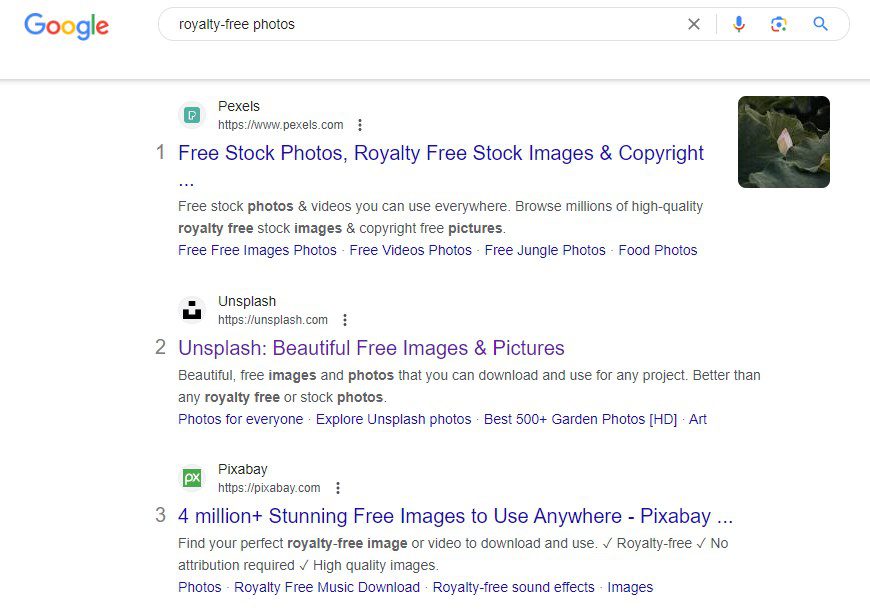
Searching Royalty-free Photos
FAQs about Copyrighted Images
Is it OK to use copyrighted images for non-profit purposes or artistic adaptations?
Images under full copyright can’t be used at all without the express permission of the holder of their rights, i.e. author or lawful owner. However, the permission is easier to obtain if the intended use is primarily of non-commercial nature and doesn’t significantly deviate from the spirit and identity of the original artwork.
Can I ask the artwork owner to use his image without offering compensation?
This is a common course of action whenever you want to use an image in a way that doesn’t directly compete with the author’s interests. Many artists like to share their work, but you need to demonstrate respect and acknowledge their rights before they agree to it. This approach can take some time but it prevents disagreements or misunderstandings down the line.
What happens if I unintentionally use a copyrighted image without acknowledging the source?
If an image under copyright appears in a high-level commercial video, promo brochure, or another profit-oriented venture, its owners are likely to be displeased and demand satisfaction. At the very least, the offending material will have to be withdrawn immediately, while in some cases there could be demands for financial damages.
Final Thoughts
Copyright laws protect all creative professionals so it’s in everyone’s best interest that they are upheld to a considerable degree. When working with images from the internet, it’s prudent to assume they are under copyright protection and double-check whether they could be made available without payment. This article described several quick ways to check the copyright status of a picture and find out who owns it. Doing this is much safer than using the image without permission and risking a legal liability.

